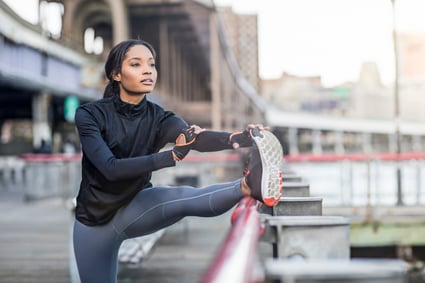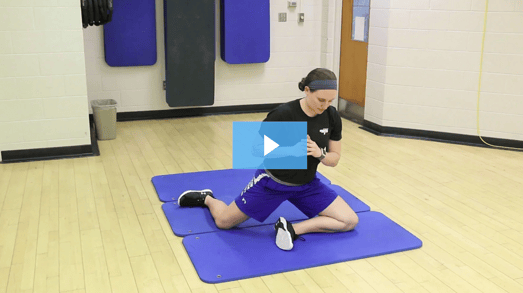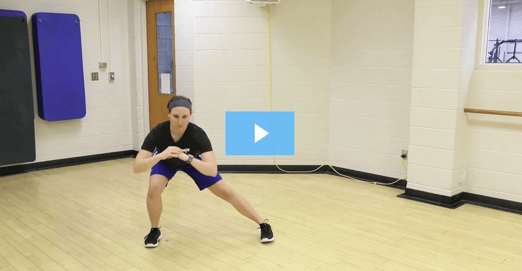 I am often asked what is a good warm-up routine, and my answer typically consists of, “it depends.” A warm-up is typically done at the beginning of a training session and involves low-intensity movements to help get your body ready. The reason I tend to say “it depends” is that your goals, limitations, and what kind of training you have planned for a specific day will dictate your optimal warm-up.
I am often asked what is a good warm-up routine, and my answer typically consists of, “it depends.” A warm-up is typically done at the beginning of a training session and involves low-intensity movements to help get your body ready. The reason I tend to say “it depends” is that your goals, limitations, and what kind of training you have planned for a specific day will dictate your optimal warm-up.
Tailoring Your Warm-up
Now, a warmup does not have to be something innovative, but you do want to perform movements that will mirror your actual workout session. For example, if you have a lower-body day, I would recommend warming up with lower-body movements (and the same for the upper body).
How Long Should a Warm-up Be?
The time a warmup should last can range from 5 minutes to 10 minutes depending on how you are feeling that specific day. If you feel ready to go or have a time limitation, staying closer to that 5-minute limit would be best. If you are feeling a little tired and have no time restriction, then closer to 10 minutes would work better.
Sample Warm-ups
Here I provide a quick sample warmup for a lower-body day and an upper-body day. I do want to emphasize that this is a very basic warmup and it is not meant to fix any compensation that you may have.
Lower-body Warm-up
Perform 2 rounds for 10 repetitions for each exercise. If an exercise is unilateral, perform 10 repetitions for each side.
- Glute Bridge x 10
- Glute Bridge with Marches x 10e
- Downward Dog x 10
- Shoulder Taps x 10e
- ½-Kneeling Hip Stretch x 10e
Miniband Series: Perform 10 repetitions for each exercise. If an exercise is unilateral, perform 10 repetitions for each side.
- Squat (miniband around top of knees)
- Standing Marches (miniband goes around shoes)
- Standing Hip Circles (miniband goes around ankles)
- Lateral Walks (miniband goes around ankles)
- Monster Walks (miniband goes around ankles)
Upper-body Warm-up
Perform 2 rounds for 10 repetitions for each exercise. If an exercise is unilateral, perform 10 repetitions for each side. You will need a Superband for this as well.
- Sidelying Thoracic Rotation
- Downward Dog
- Superband Chest Press
- Superband Chest Fly
- Superband Pull Apart
As you can see, you do not have to reinvent the wheel when it comes to the warm-up, but you do want to make sure that the warm-up will get you ready for your workout.
This blog was written by Pedro Mendez, CSCS, FMS, Health Fitness Instructor and Strength Coach at NIFS. To learn more about the NIFS bloggers, click here.



